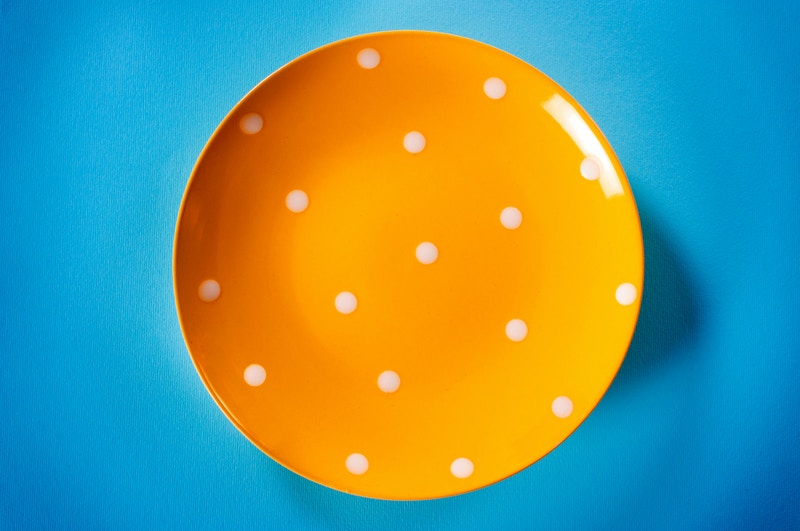

Flexible electronics are also known as flex circuits. The technology is centered around being able to assemble electronic circuits by fixing electronic devices on these flexible plastic models such as polyimide, transparent polyester film and flexible PCBs. Flex circuits can also be printed onto polyester through what’s called silver circuits. Many similar components are used in flexible PCBs as those that are used for rigid printed circuit boards. This allows the board to be able to change it’s shape to a new one while it is being used. This is where the ‘flex’ comes in. Flexible printed circuit boards have the technology to be able to efficiently conform to the needed shape without being damaged or any of the components on the board becoming unusable.
Another way that flexible PCBs can be made is with technology known as photolithographic technology. This involves the lamination of an extremely thin copper strip in between two PET layers. After the laminating is done, the whole thing is coated with an adhesive. This process is called thermosetting. This method has several benefits including tighter assembly of electronic packages. This is used for cameras and static applications. Things that require flexibility during use like cell phones and other dynamic applications also benefit because of the electrical connections that are used. These electrical connections can also be heavier duty and stronger so they work in applications like cars, satellites or even rockets.
A flex circuit is typically used as a connector for various different kinds of applications. The main need for a flexible PCB is where of flexibility is needed but also when space saving and production limits constrain the amount of usability from a rigid circuit board. A good example of this is a computer keyboard. The switch matrix is usually a flex circuit.
The great thing about flex circuits is that instead of using the regular black lights, organic light emitting diodes are used to make a flexible organic light display. This is beneficial on the environment but also on the budget as these lights can be reused longer than the typical black light lasts.
There are several types of common flexible circuit units. These are known as singled sided, double sided, doubled access, sculptured flex, rigid flex and multi layer.
Single sided circuits – these have only one conductor layer which is typically made from metal polymer. All the components are mounted and available on only one side of the circuit. Component leads may pass through the circuit through holes drilled in to the film but these kinds of circuits are made with protective coatings that cause one side to be inactive.
Double sided circuits – these are a very similar type of circuit except that the components are build onto both sides of the circuit. These type of flex circuits can be made with or without the holes that single sided circuits usually sport because of how the components are mounted. The main advantage of a double sided circuit is that crossover connections can be fabricated fairly easily.
Sculptured flex circuits – the process of manufacturing has an extra step with is what makes these types of circuits different. This step is known as ‘multi step etching method’ and means that the finished product will have copper conductors ranging in various thicknesses along the length.
Rigid flex circuits – this one may sound contradictory but it’s actually a mixture of the two types of boards. There are several layers on a rigid flex board and they alternative between following the rigid PCB methods and the flex circuit techniques. They are connected through electrical interconnection by plated through holes.
Multi layer circuits – if a circuit has more than two layers of conductors then it is referred to as a multi layer circuit. It is fairly similar to the sculptured circuit in its connection abilities but the difference is, as long as the bonding is done properly, there can almost be no limit to the amount of layers formed.
While there are more kinds of circuits, they can’t be explained in an article. If even one component is changed or one method differs in the manufacturing process, it can make for an entirely new and custom board.